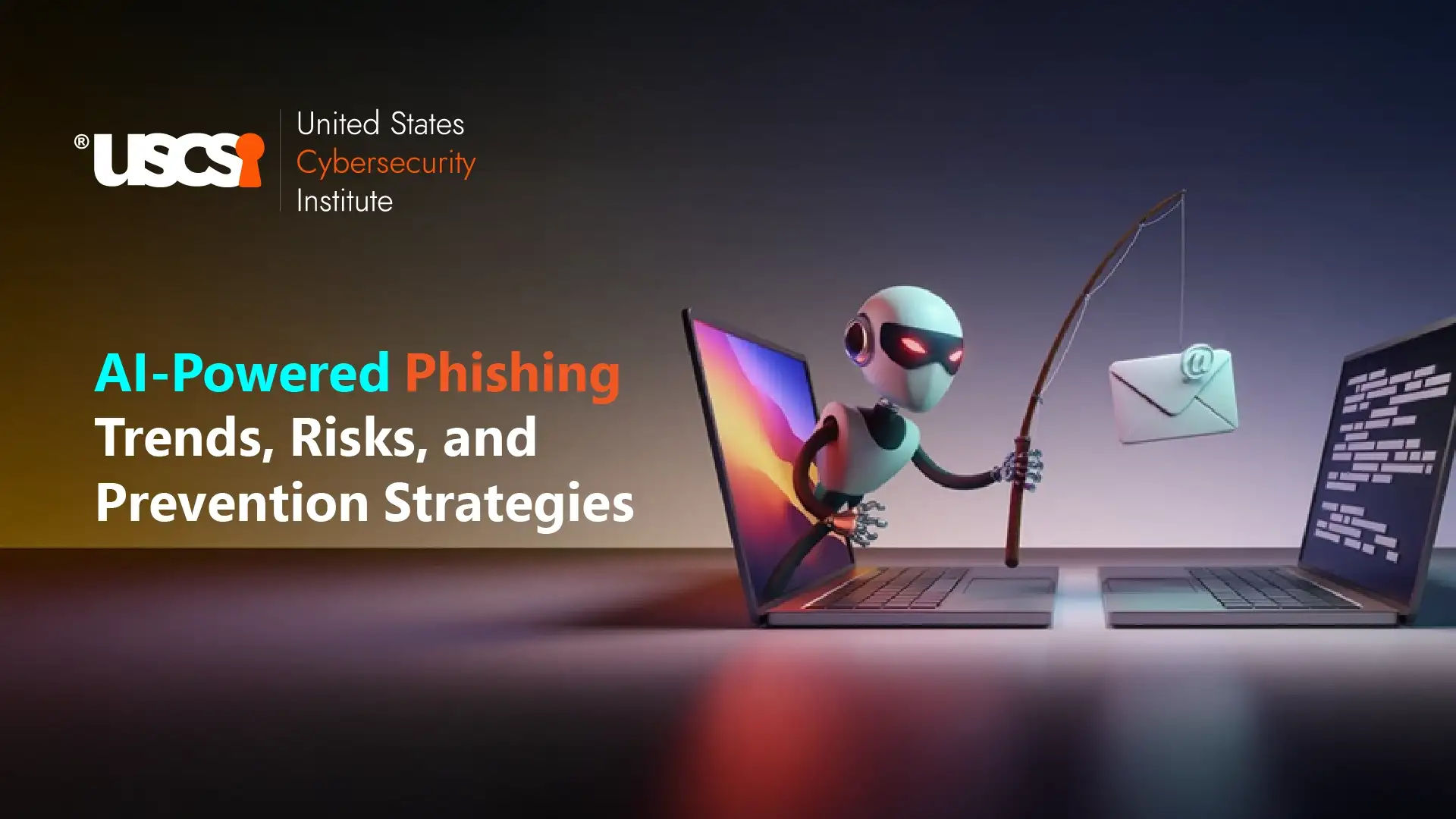

How Social Engineering Is a Threat in Cybersecurity
It is said that “to trust is human,” and social engineering is the result of human trust. Cybercriminals who are well aware of the psychological aspects of humans leverage the trust angle to trick people into sharing sensitive and private information. This technique used by cybercriminals is referred to as social engineering. Social engineering is now considered the backbone of cyber threats and phishing attacks. As per the report published by Verizon 2021 data breach investigations, around 85% of the data breaches involved an element of humanity, and of those 35% included social engineering.
Following are the types of Social Engineering:
- Phishing: It includes stealing information from people using text messages, websites, or emails.
- Baiting: This attack involves promising a reward to the victim. It can be a physical or an online social engineering attack.
- Spear phishing: It includes targeting individuals and businesses using emails.
- Quid Pro Quo: This involves exchanging information and convincing the victim to perform certain actions.
- Vishing: This involves making urgent voice calls and convincing the victims to quickly act and save themselves from some kind of risk.
- Pretexting: This involves creating fake identities and then using trickery to gain information from victims.
- Malware: This involves trickery where victims are convinced that their systems have malware, and they need to pay a certain amount of money to remove this malware.
- Tailgating: Here criminals depend highly on human trust to gain access to a secure area.
- Water-holing: This is an advanced type of social engineering attack in which the websites along with their visitors get infected with Malware.
The Driving Force of Social Engineering Attacks
Human emotions are the major driving force of social engineering attacks. Some of these are explained below in detail:
- Fear: One of the most common incidents of social engineering attacks is the one where someone calls and fakes the identity of a bank professional. This cybercriminal convinces the victim that sensitive information needs to be shared to protect the account and money kept in it. Victims out of fear and somewhat stressed tend to share sensitive details such as passkeys. It is important to understand that these cybercriminals depend on the anxiety and stress that comes with losing hard-earned money.
- Helpfulness: Helping attitude, yet another important characteristic of humans, is leveraged by cybercriminals. In some cases, these criminals do thorough research about a company, get some inside details, and then target a few employees. Here they would send an email asking for sensitive passcodes for databases. These emails look like they came from the manager, and hence the victims will immediately send the passcodes. The victims are under the impression that they are simply helping the manager.
- Greed: “Double your investments in 25 days!” or “Send $10 today to receive $100 tomorrow!” Do these statements sound familiar? Well, cybercriminals use greed to cheat and trick victims into giving money. Usually, these offers require victims to provide bank account details to receive multiplied funds. Some individuals fall into the trap, end up sharing information and instead of getting those extra bucks, they end up losing money.
It is important to note that sharing any sensitive information through emails, calls, or to individuals puts you at risk. Never be in a hurry to share information. Always take your time to verify the source and confirm its authenticity. Additionally, it is important to realize that every individual must have cybersecurity education to safeguard themselves and others from cyber security risks and threats.
Depending on Cybersecurity Professionals
Everyone uses technology but not all of them have cybersecurity skills. Therefore, the world needs cybersecurity professionals who would ensure the safety of users on the internet. There are cyber security architects whose goal is to plan, design, test, implement, and maintain the infrastructure of network security. These cyber security architects must acknowledge the existence and impact of social engineering. While designing the foundation of network security, they must design the defense system that offers protection against social engineering. During the development phase of the applications, the professionals with cybersecurity skills need to add features that deal with social engineering attacks such as phishing, malware, vishing, tailgating, water-holing, etc. Here are some of the ways in which cyber security professionals can design applications to prevent social engineering:
- Multi-Factor authentication: It is easy to deal with a single security measure. Hence, instead of relying on a single factor, it is advisable to implement multi-factor authentication on applications. Multi-Factor authentication such as OTP codes, security questions, and biometric access adds another level of security to the system. Thus, increasing the safety against social engineering attacks.
- Utilizing next-Gen Cloud-based WAF: To specifically deal with social engineering, cyber security professionals can leverage the potential of the next-generation cloud-based firewalls for web applications. This next-gen cloud-based WAF alerts users from mistakenly installing malware. They also prevent users from infiltrations and cyberattacks.
- Enabling Spam Filter: Enabling spam filters to safeguard users from social engineering security threats as it filters emails and protects inboxes from cyber-attacks. The unauthorized emails get in a different folder and are marked as suspicious. Thus, alerting users even before they open the mail.
Conclusion
Social engineering is becoming a serious problem for people. As cyber security professionals create advanced and secure applications, individuals must also identify social engineering attacks and act wisely. If someone is looking for quick assistance, asking for information for verification, giving you weird responses, and requesting you to donate, it is time to hold the sense of urgency. This might be a social engineering scam. Before providing the details or following the person's directions, verify its authenticity. Do not share the details even if you are convinced. Always stay informed and educated, verify identities, use protection software, and visit trustworthy links.





